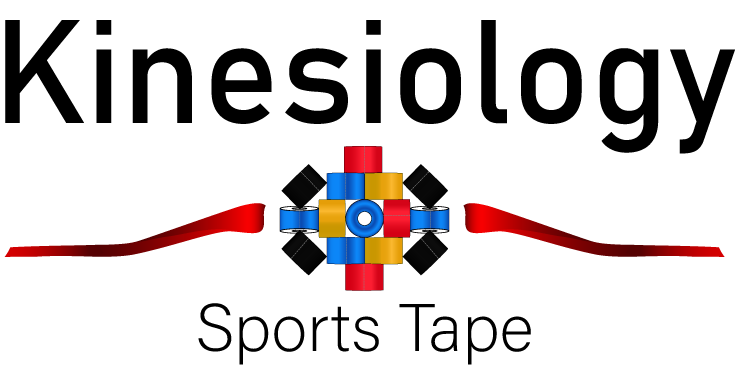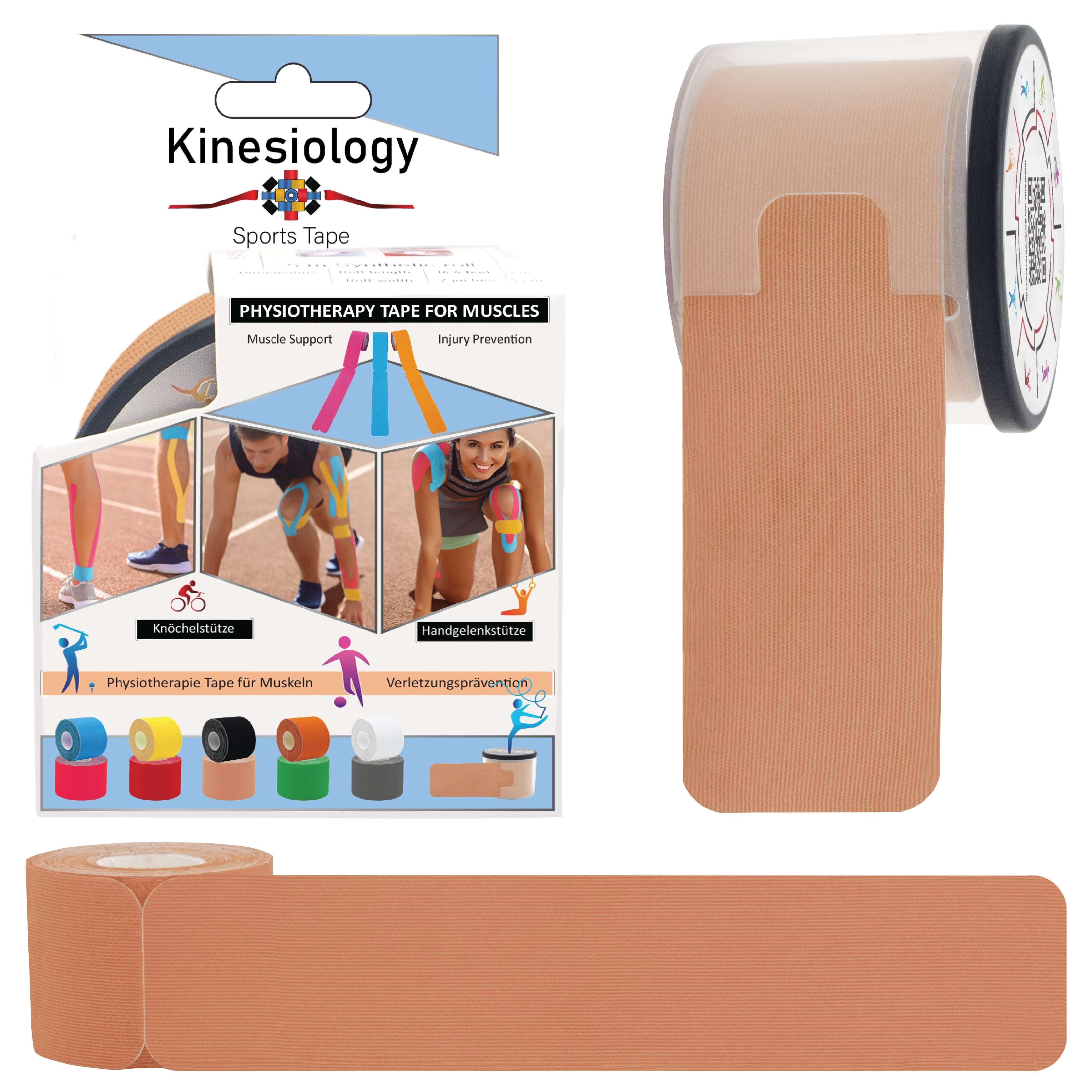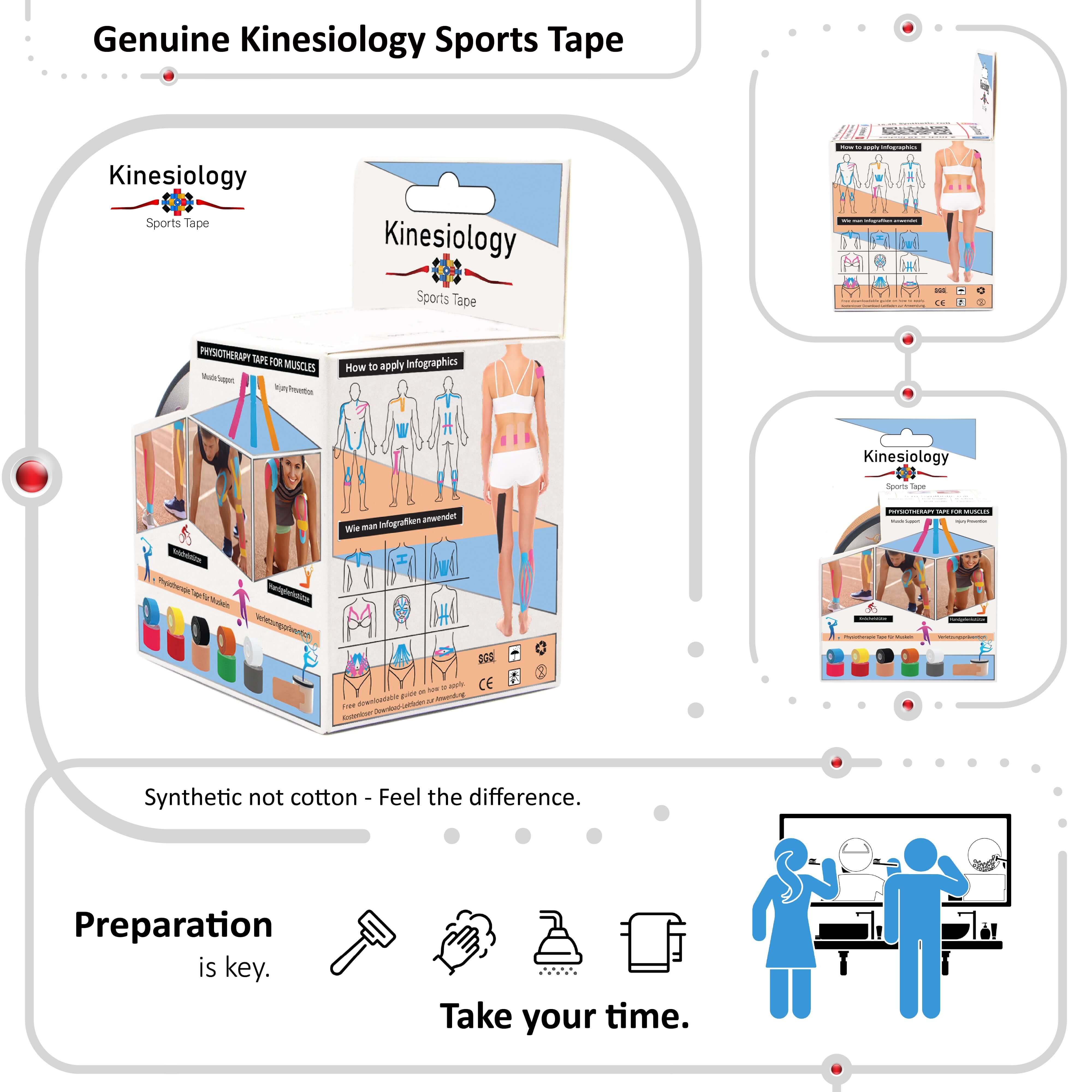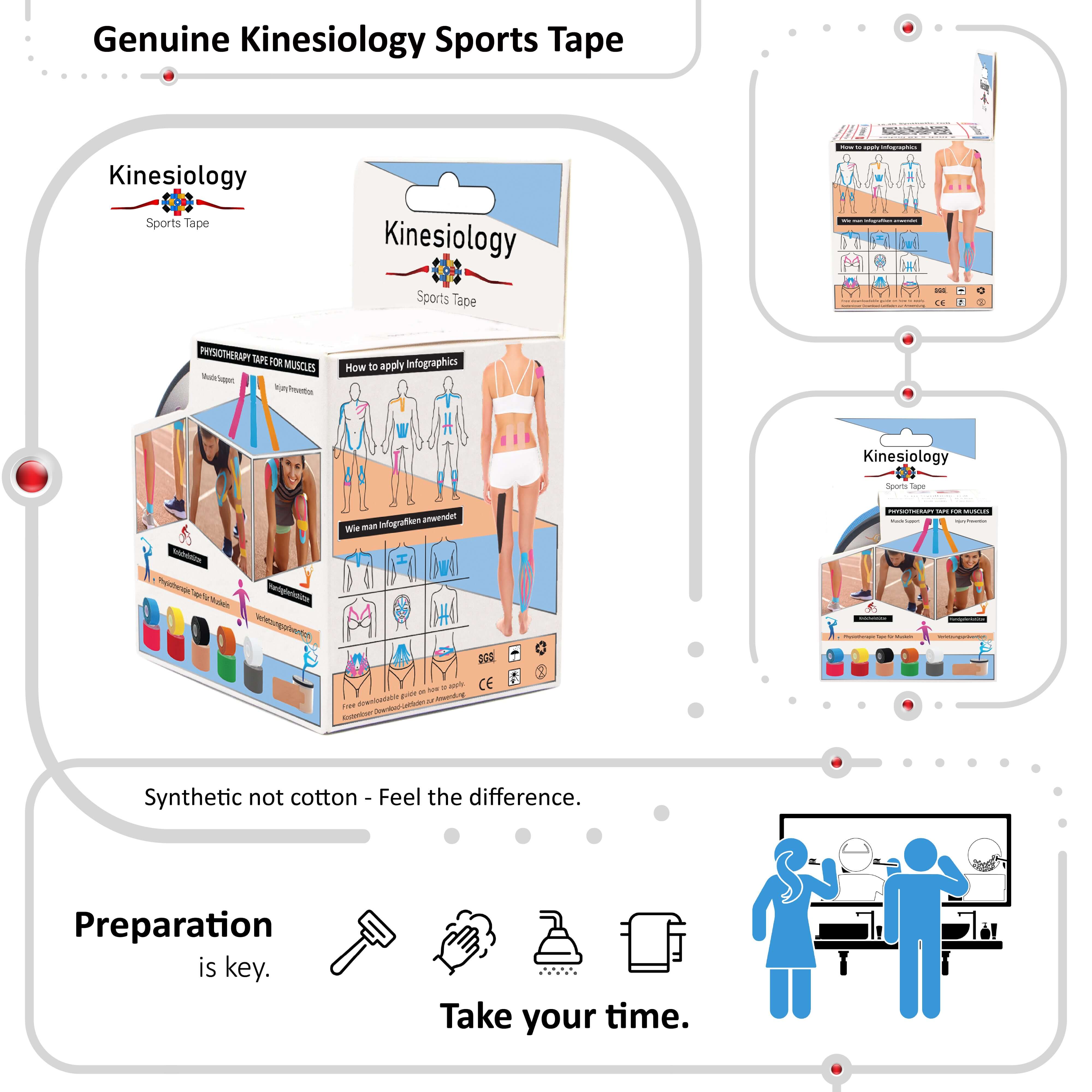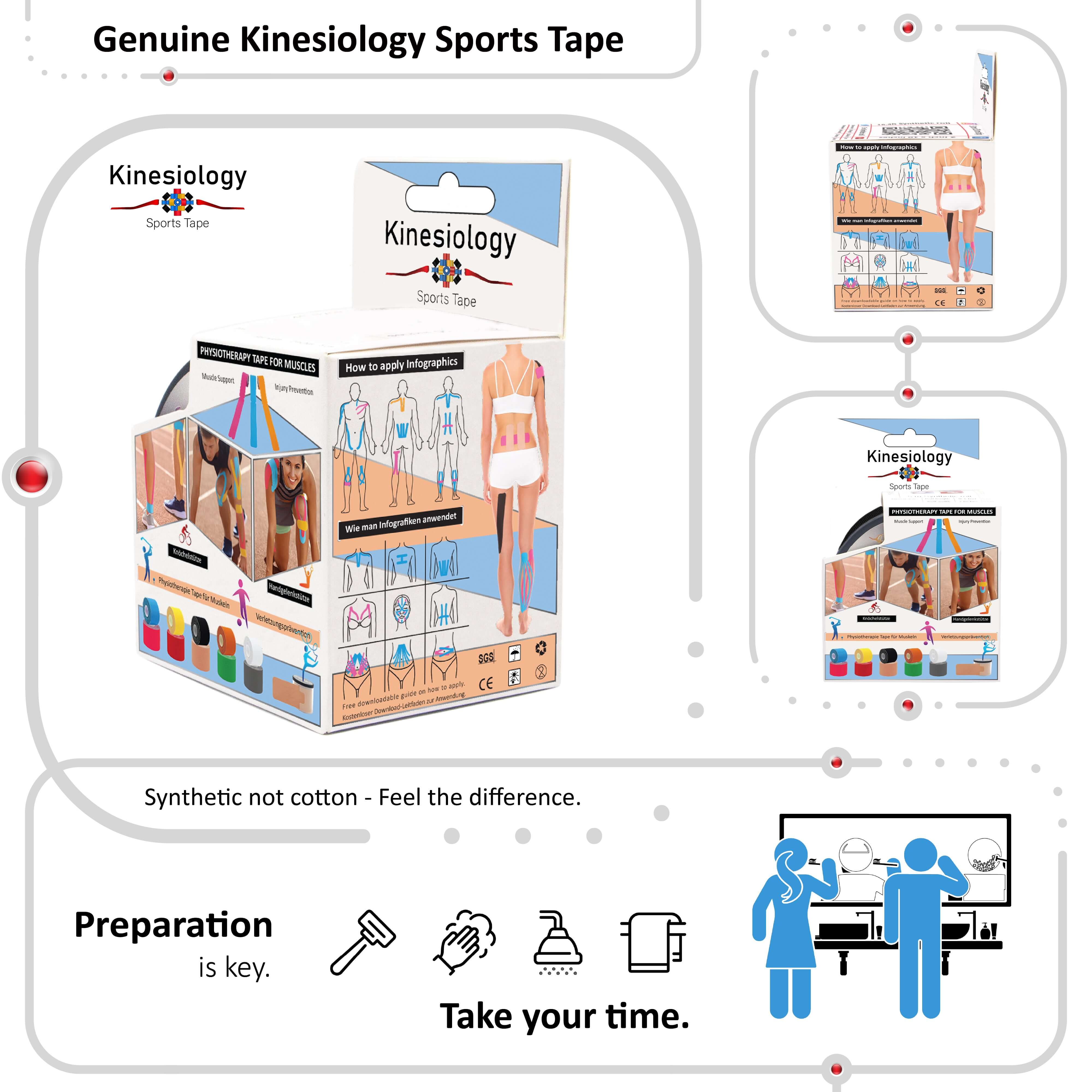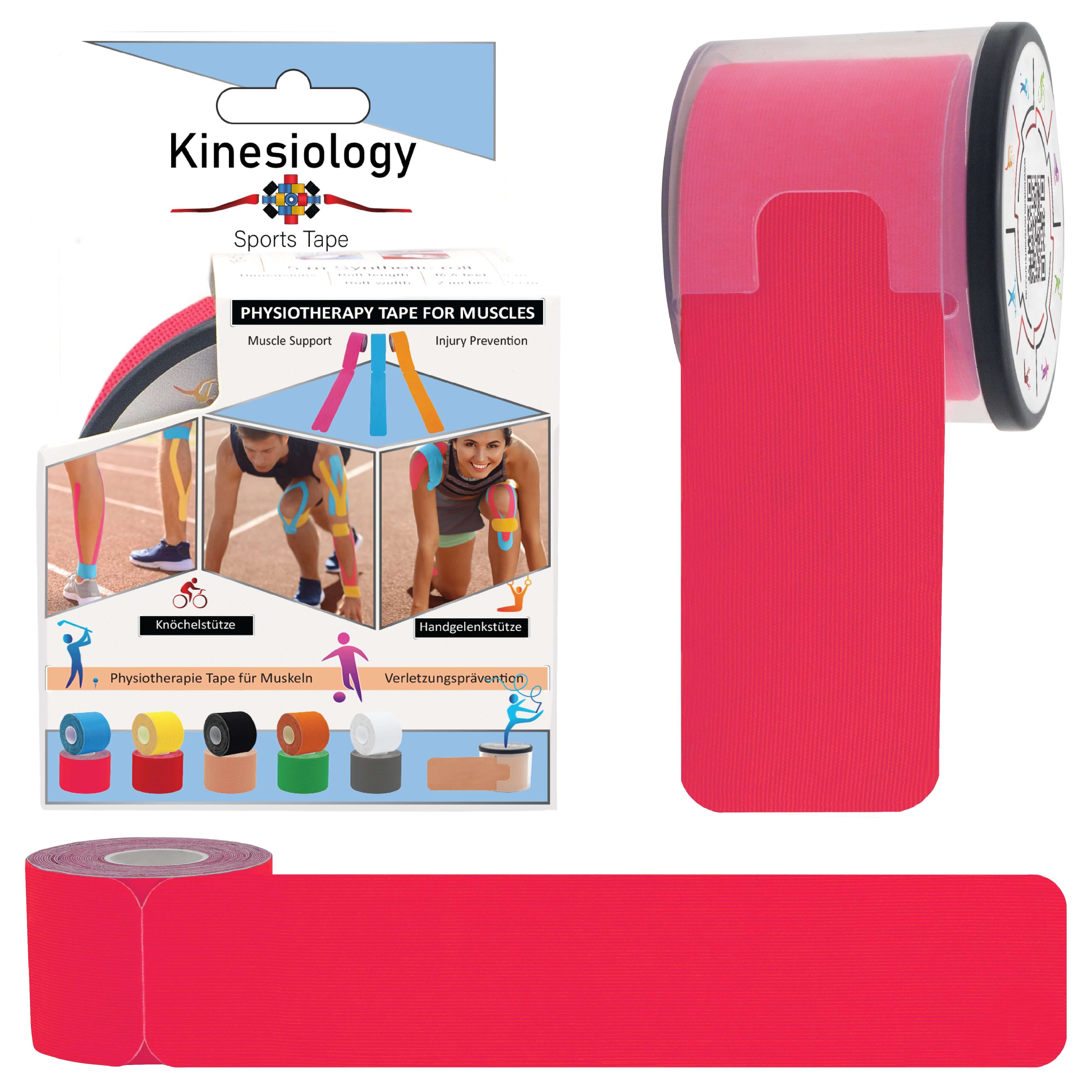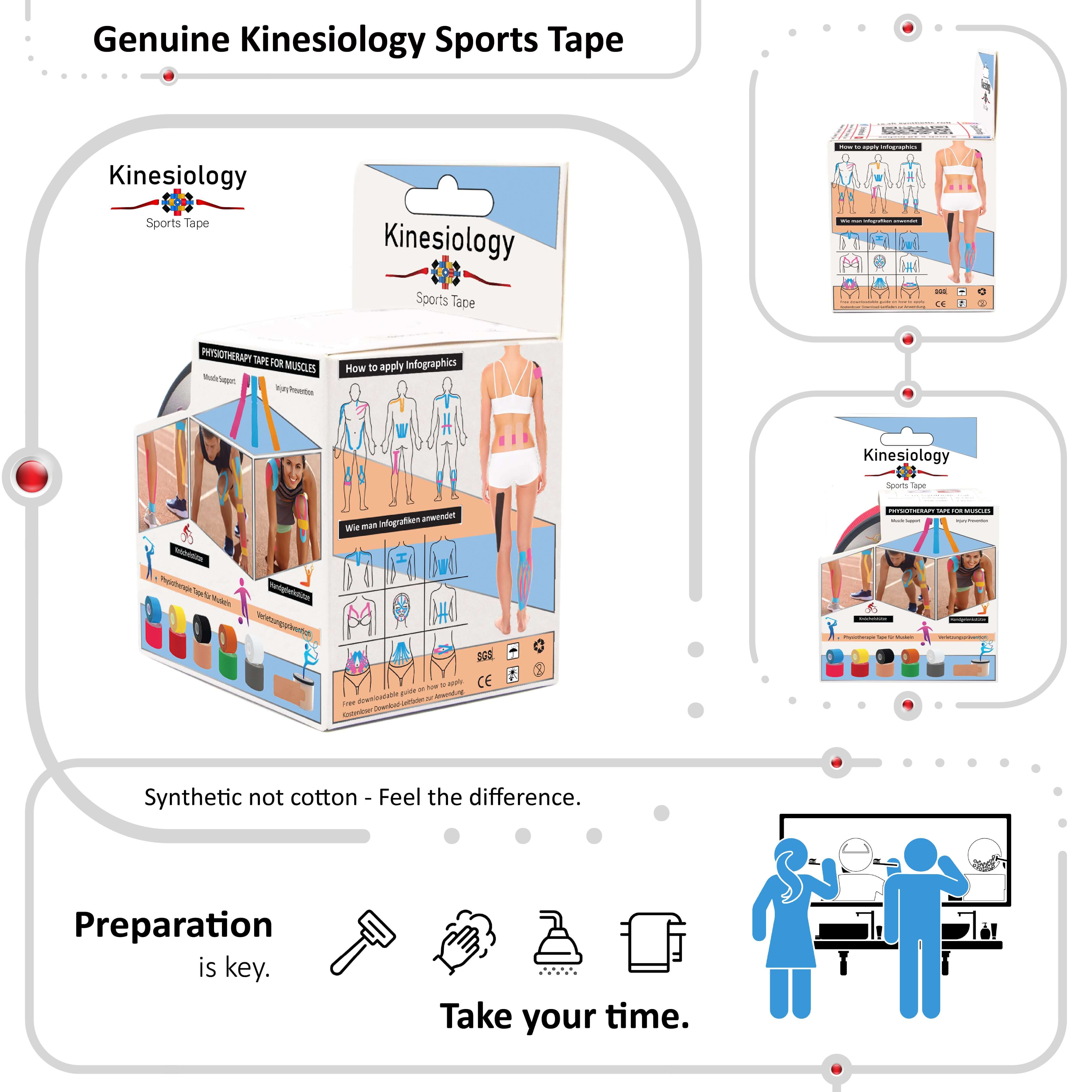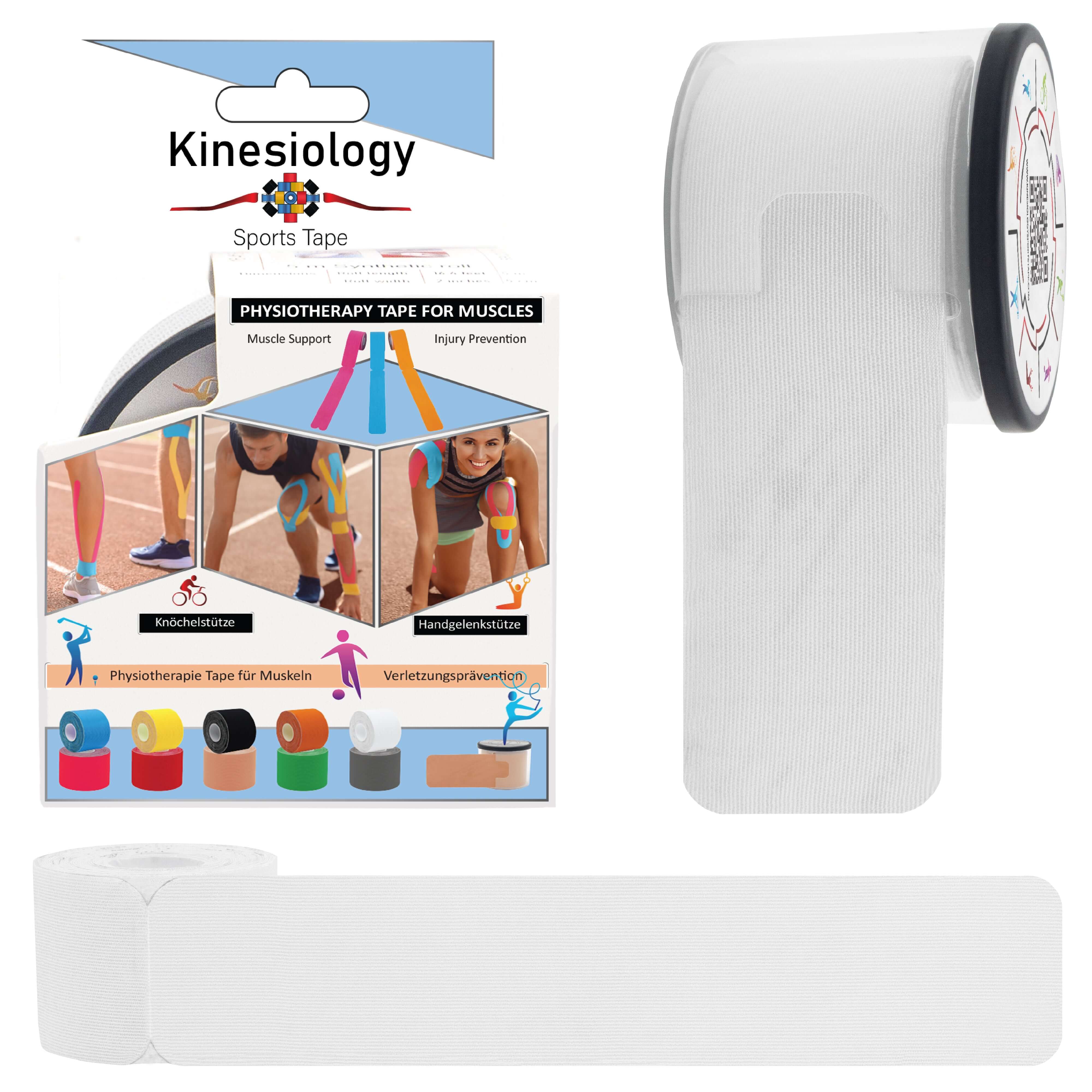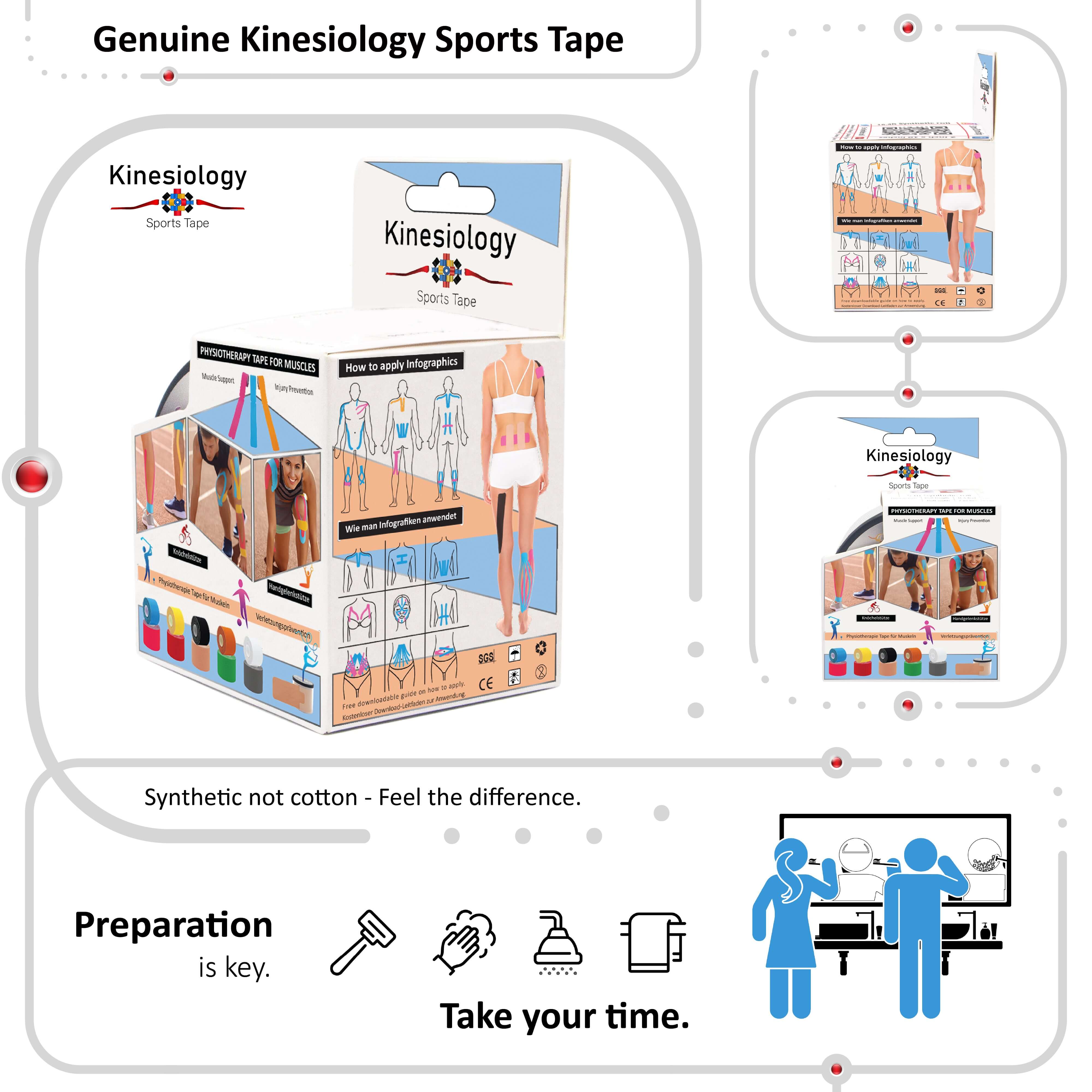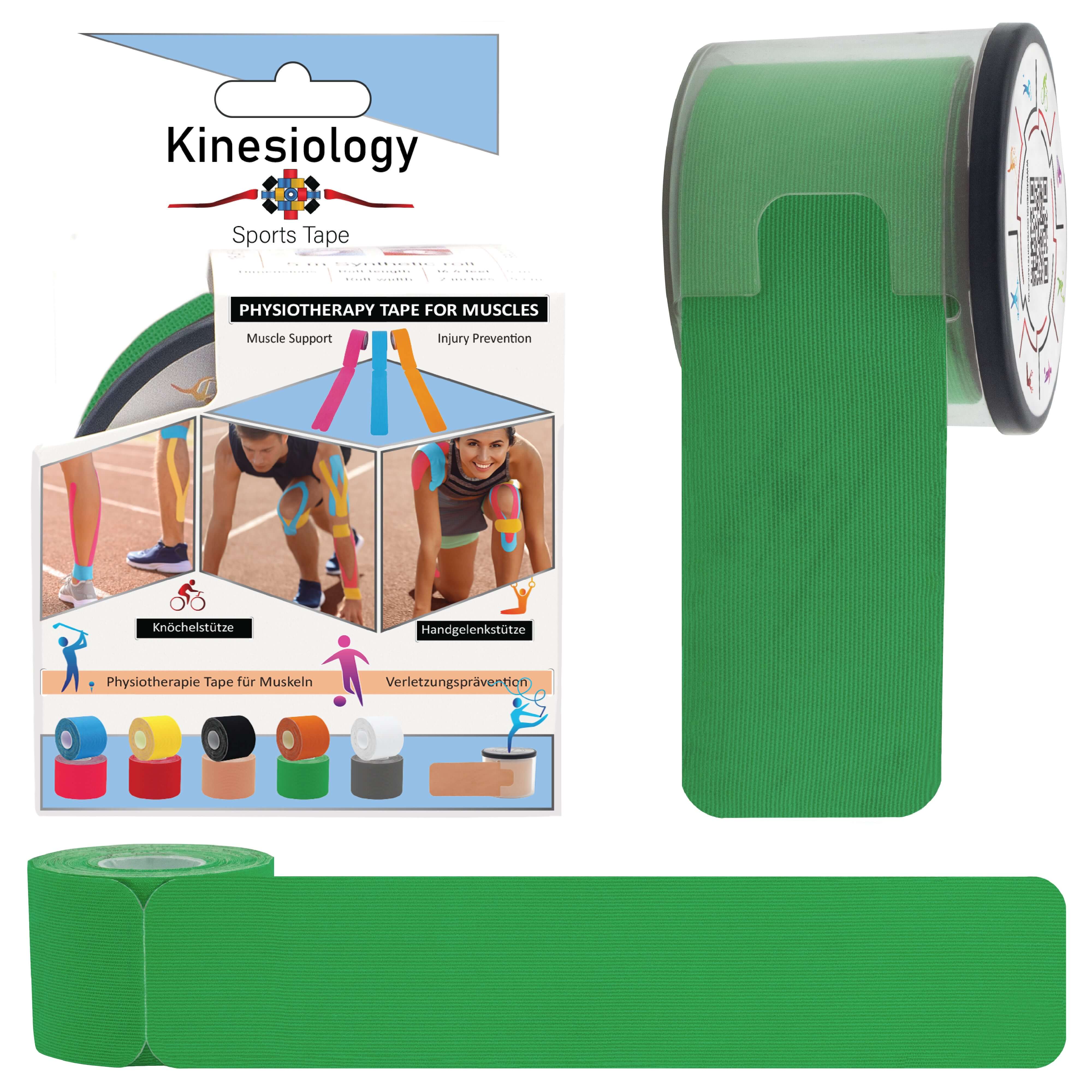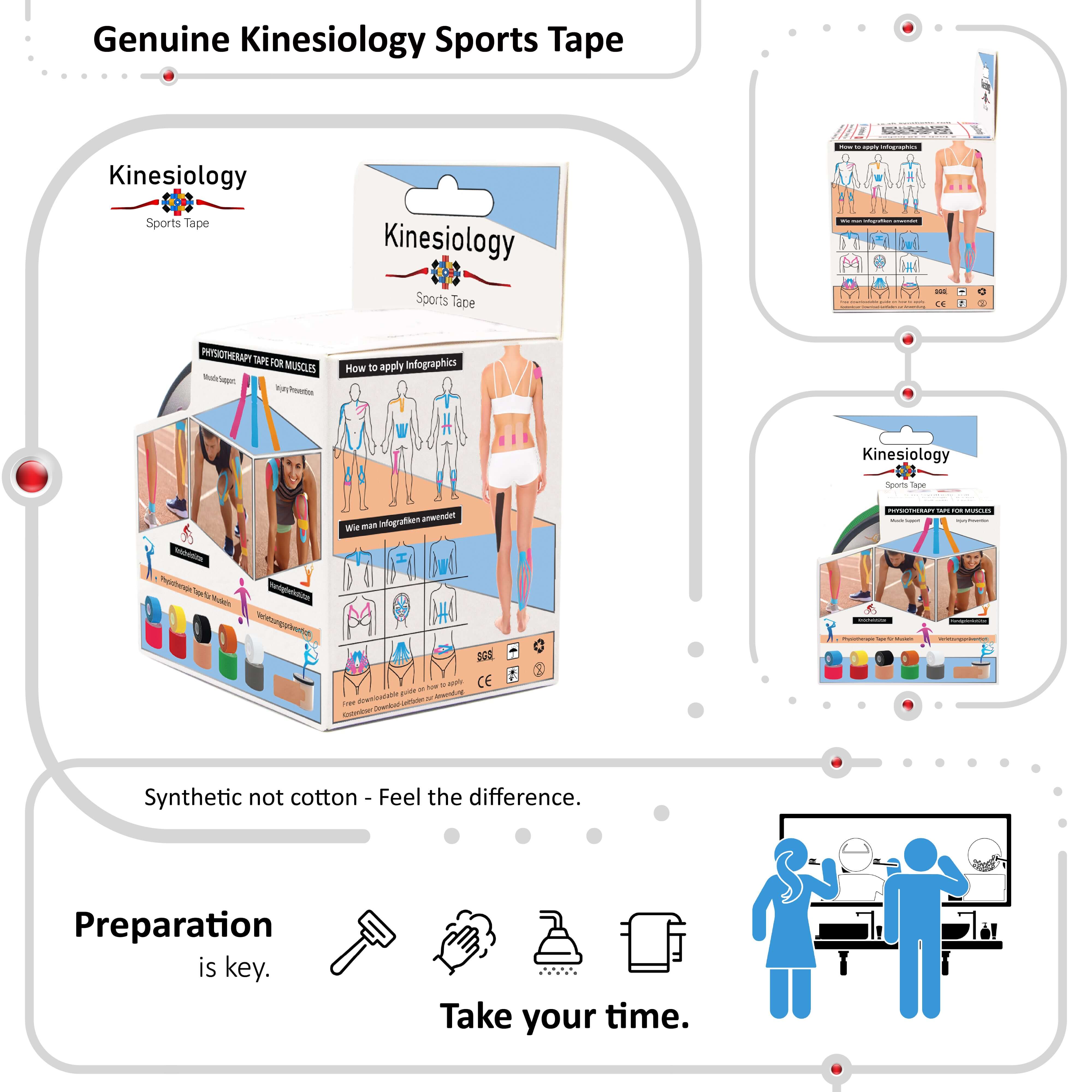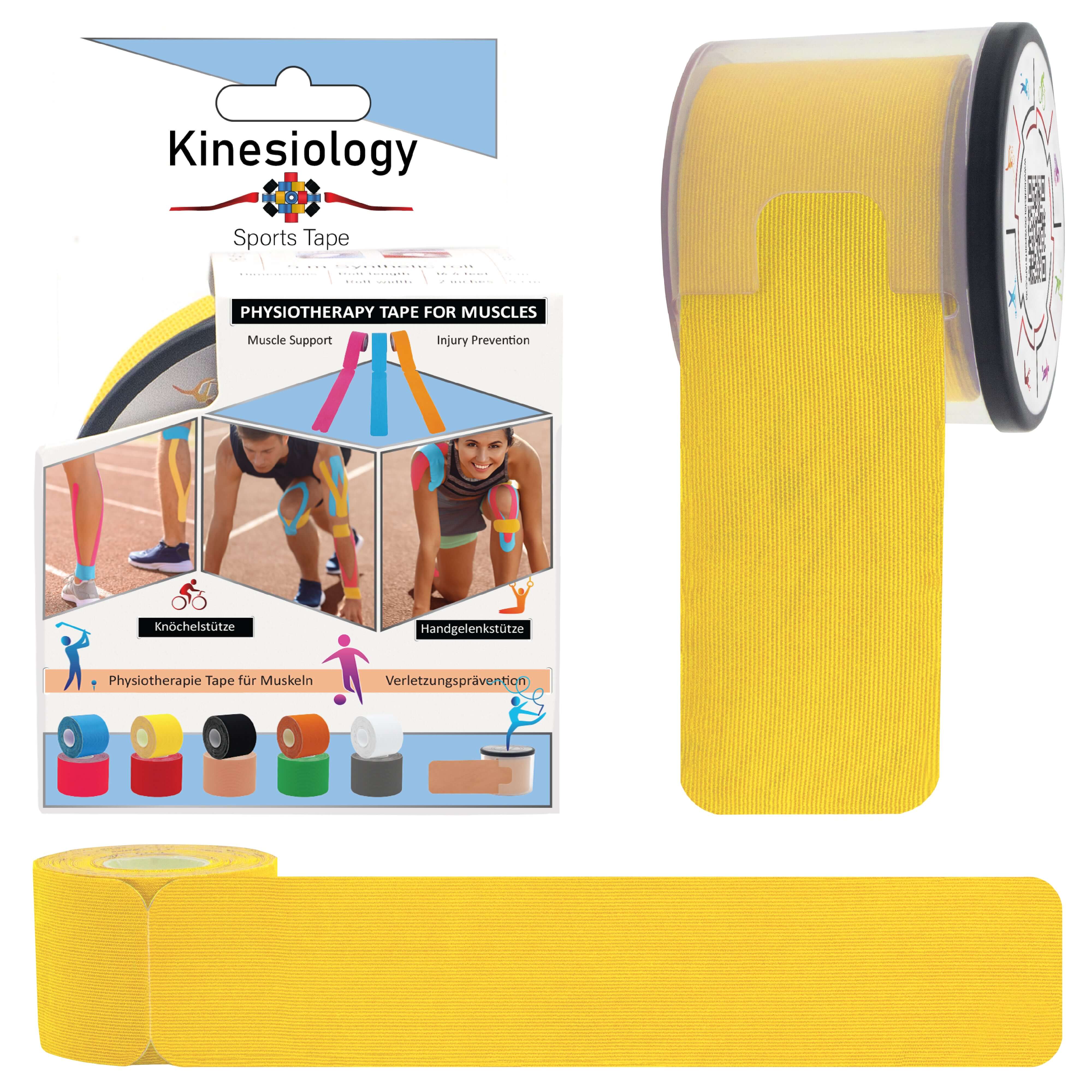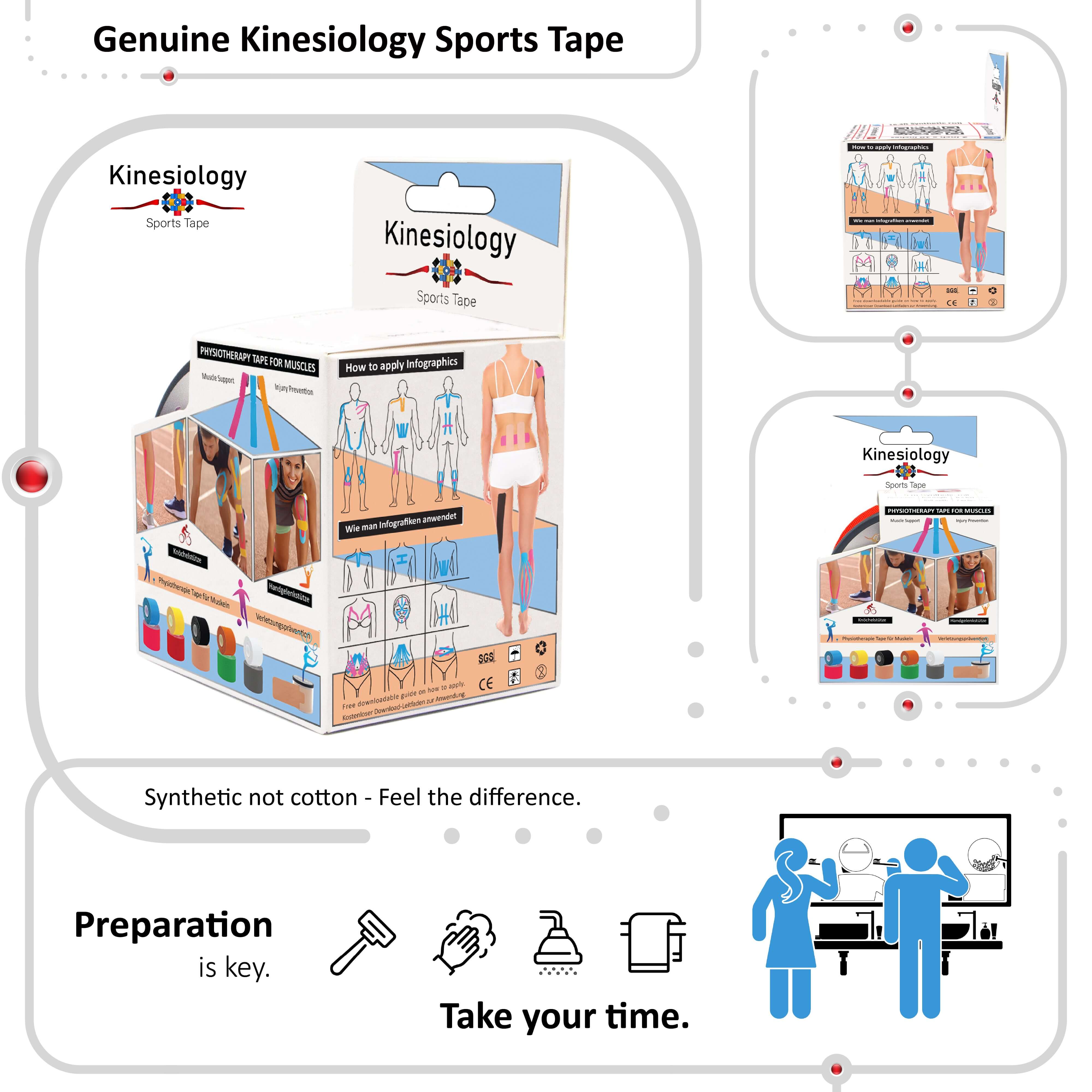STABILISING SHOULDER MUSCLE INJURY
Many people regularly experience shoulder pain or will incur an injury to this area, and this is because the shoulder is the most actively used joint on your whole body.
Often shoulder pain can occur when the muscles supporting this joint are not strengthened, or become weakened, or, if they are thrown out of balance, making you uncoordinated and out of sync.
If you experience restricted movement in the shoulder whenever you are physically ac0ve, the most likely underlying cause of this is due to your muscles being damaged or weakened in some way. To
improve this condition, the aim should be to support the deltoid muscles, and stabilise this important area
